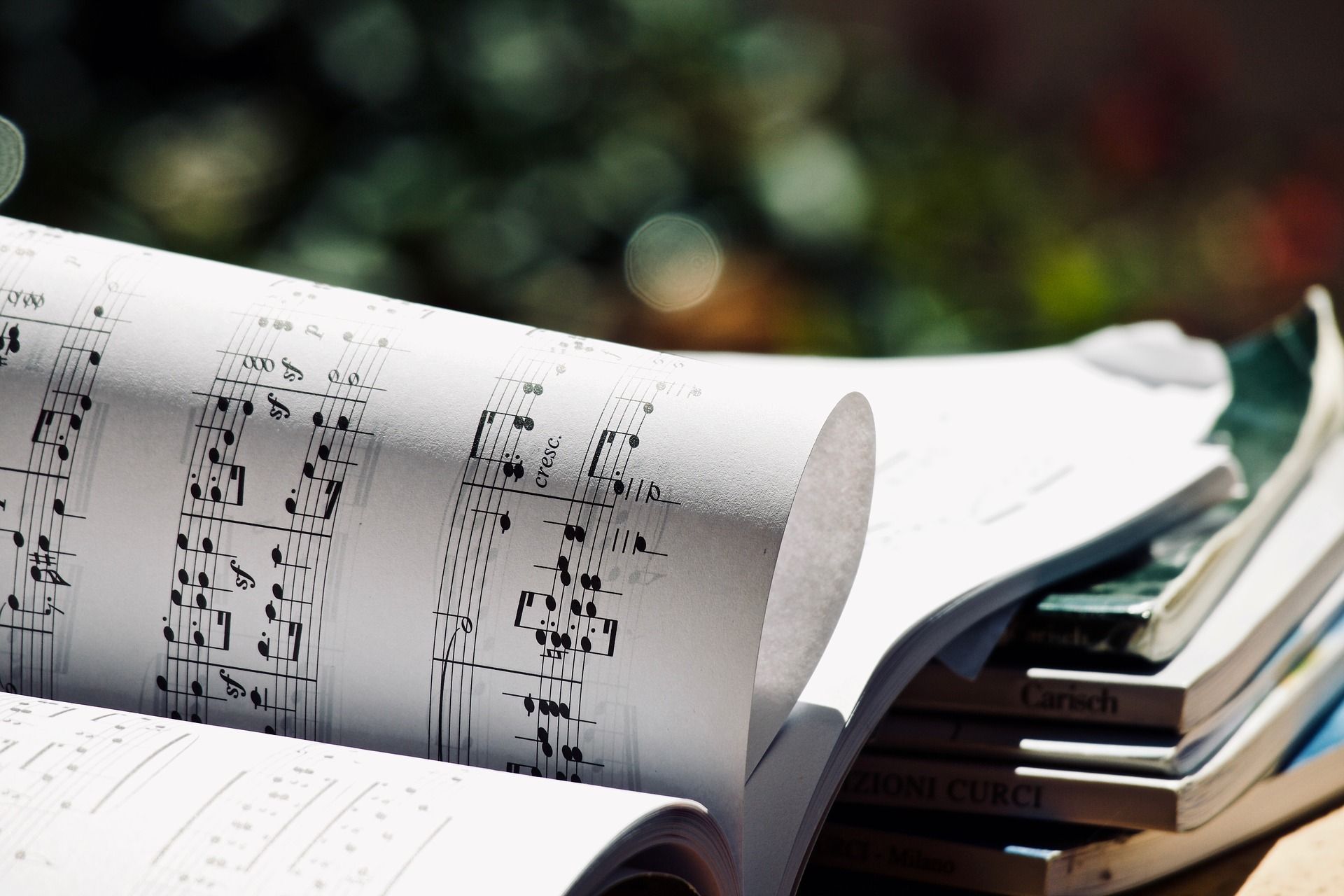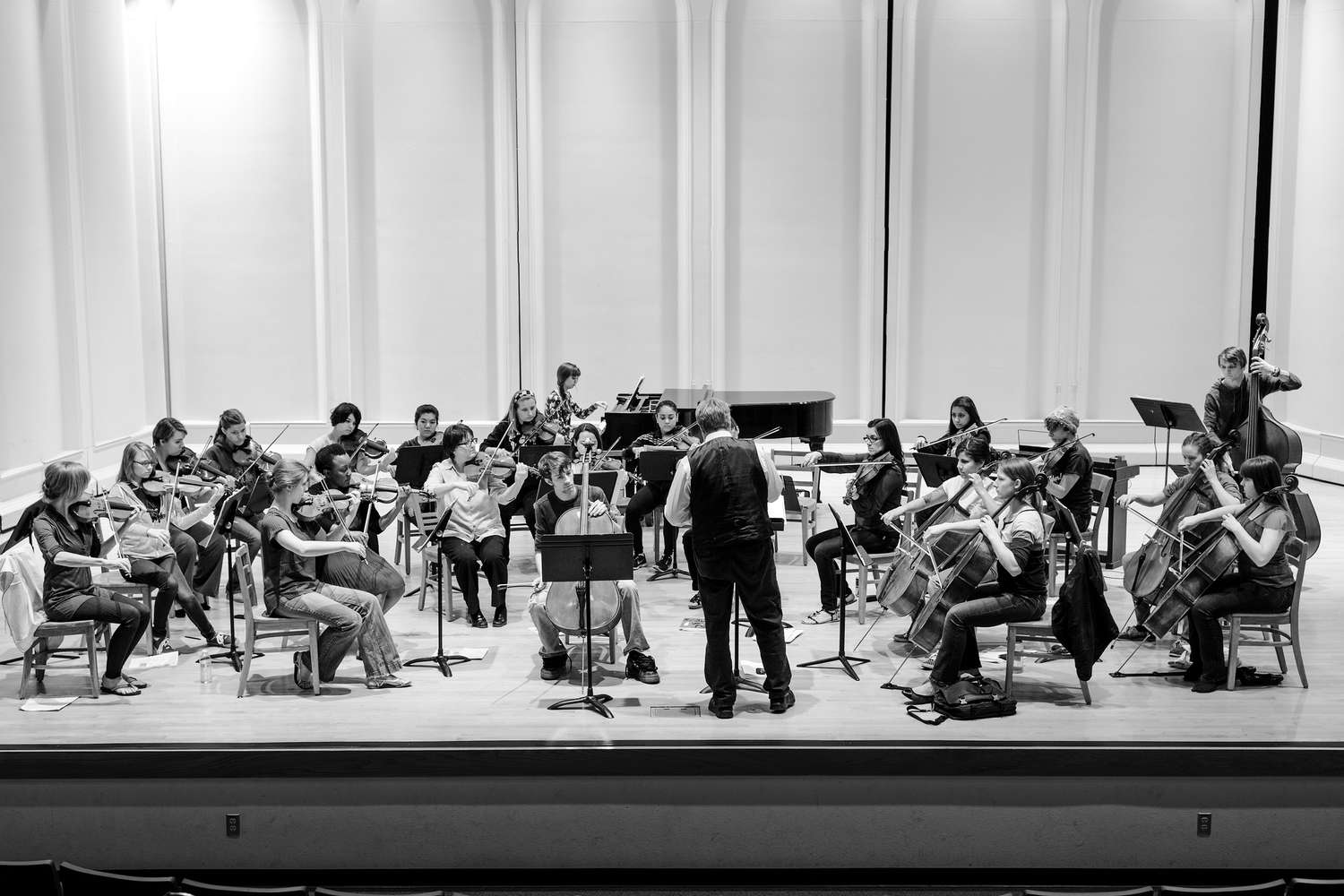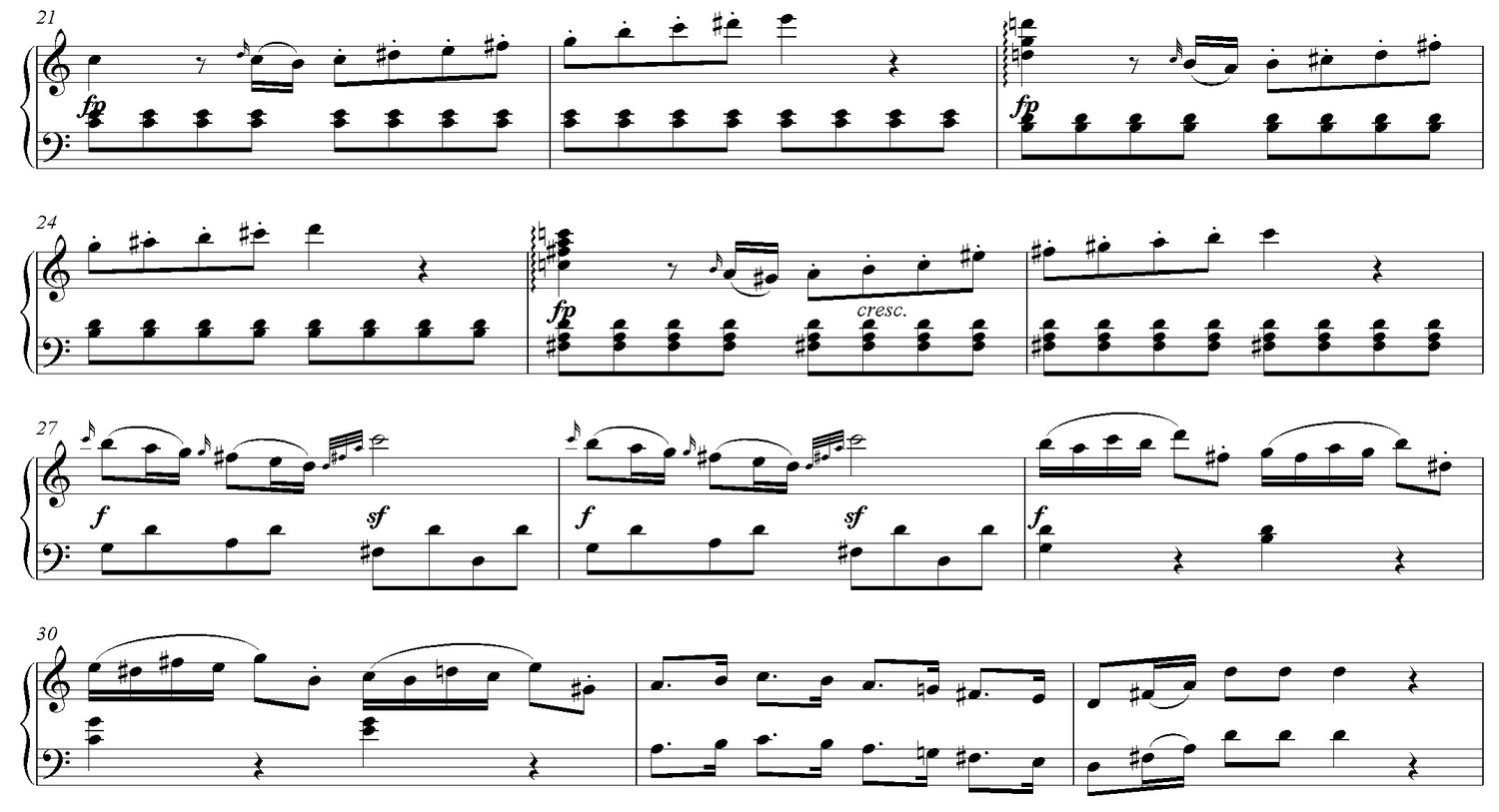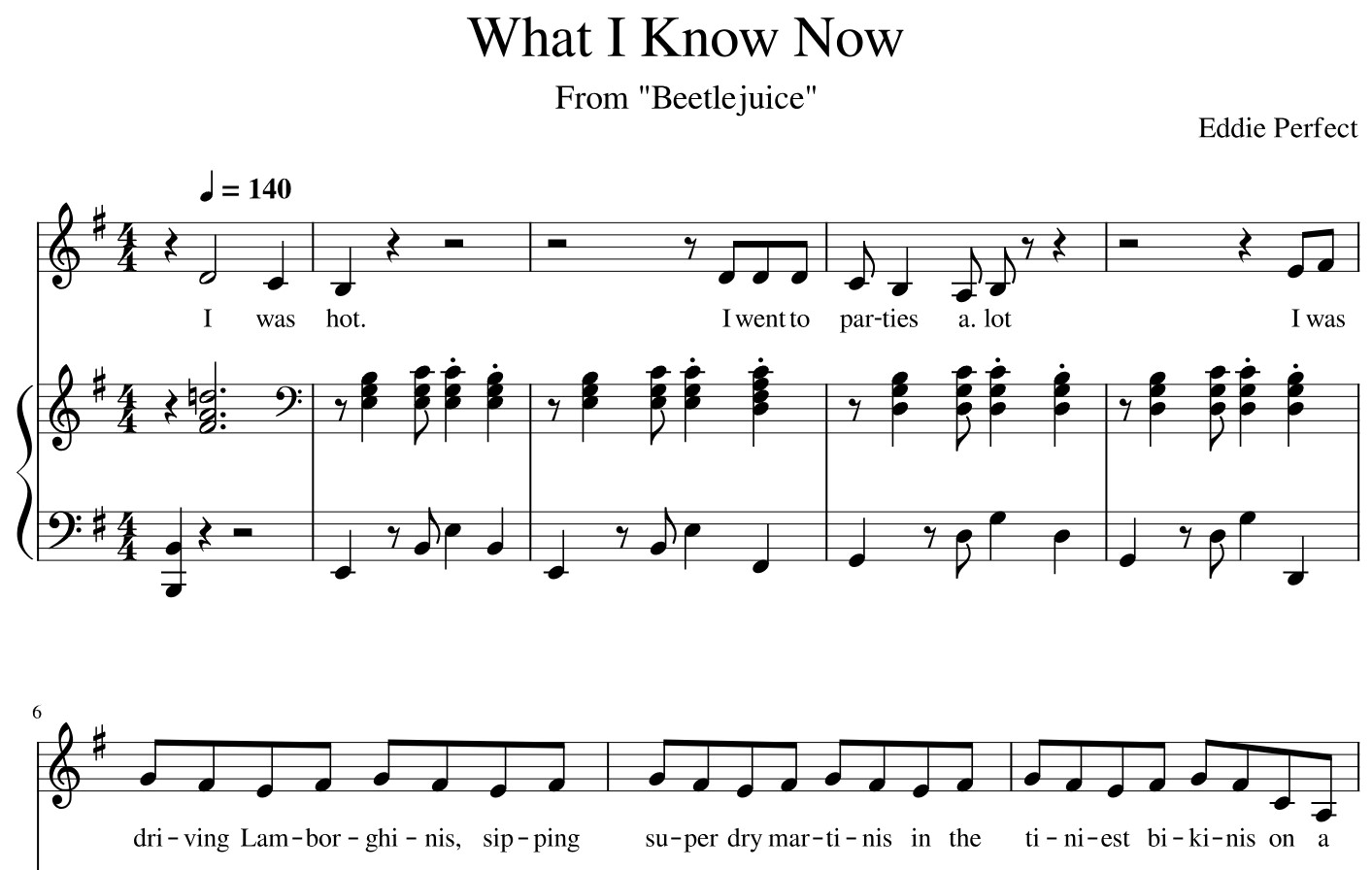Home>Production & Technology>Music Theory>How To Know Type Of Suspension Music Theory


Music Theory
How To Know Type Of Suspension Music Theory
Published: January 31, 2024
Discover the different types of suspensions in music theory and learn how to identify them with our comprehensive guide. Enhance your understanding of music theory today!
(Many of the links in this article redirect to a specific reviewed product. Your purchase of these products through affiliate links helps to generate commission for AudioLover.com, at no extra cost. Learn more)
Table of Contents
Introduction
Welcome to the fascinating world of music theory, where the intricacies of sound and composition come together to create harmonious melodies and captivating rhythms. One fundamental concept in music theory is suspension, a technique that adds tension and emotional depth to musical compositions. Understanding suspensions is crucial for composers, musicians, and music enthusiasts alike, as it allows for a more profound appreciation of the intricate layers within a piece.
In essence, a suspension is a deliberate dissonance where a note from a previous chord is sustained into the next chord, creating tension before eventually resolving to a consonant note. This technique is employed in various genres and styles of music, from classical to jazz, rock to pop. By incorporating suspensions into their works, composers can manipulate the emotional impact of a piece, evoking feelings of anticipation, longing, or resolution.
In this article, we will delve deeper into the world of suspensions in music theory, exploring the different types of suspensions, discussing how to identify them within a composition, and examining the process of resolving suspensions. By the end, you will have gained a solid foundation in understanding and appreciating suspensions, allowing you to further explore and analyze the emotional impact of music.
Understanding Suspension in Music Theory
In music theory, a suspension refers to the technique of prolonging a note from the previous chord into the next chord, creating a dissonant sound. This temporary dissonance adds tension and interest to the music before resolving to a consonant note. Suspensions are a powerful tool in the hands of composers, allowing them to manipulate the emotional impact of a composition and captivate the listener.
The basic idea behind a suspension is to “suspend” a note, usually the third or the seventh, from one chord and hold it over into the next chord. This creates a momentary clash of harmonies, as the sustained note does not belong to the new chord. The tension created by this dissonance creates a sense of anticipation and longing, which enhances the emotional impact of the music.
The duration of a suspension can vary, but it is typically resolved within a few beats or measures. During the suspension, the dissonant note will resolve downwards, usually by a step, to a consonant note within the next chord. This resolution brings a sense of resolution and closure, releasing the tension that was built up during the suspension.
Suspensions can occur in any musical part, whether it be the melody, harmony, or even the bassline. They can be found in a wide range of musical genres and styles, from classical music to jazz, rock to pop. Understanding suspensions allows composers and musicians to craft compositions with greater emotional depth and complexity, engaging the listener on a profound level.
To fully grasp the concept of suspensions, it is essential to familiarize yourself with the different types of suspensions that can occur in music theory. In the next section, we will explore these various types in detail and discuss their specific characteristics and applications.
Types of Suspensions
In music theory, suspensions can be classified into different types based on their specific characteristics and resolutions. Each type of suspension adds a unique flavor and emotional impact to the music. Let’s explore some of the most common types:
- 4-3 Suspension: This is one of the most frequently used suspensions. It involves suspending the fourth degree of a chord and resolving it downward to the third degree of the next chord. For example, in the key of C major, suspending the F note and resolving it down to E in the next chord.
- 7-6 Suspension: The 7-6 suspension is another prevalent type. It suspends the seventh degree of a chord and resolves it downward to the sixth degree of the next chord. For instance, in the key of G major, suspending the F# note and resolving it down to E in the following chord.
- 9-8 Suspension: This type of suspension involves suspending the ninth degree of a chord and resolving it downward to the eighth degree of the next chord. It is commonly used in jazz and contemporary music, adding a jazzy and sophisticated flavor to the composition.
- 2-3 Suspension: The 2-3 suspension suspends the second degree of a chord and resolves it downward to the third degree of the following chord. It is often used to create an upbeat and energetic feel in the music.
- Prolonged Suspensions: Prolonged suspensions are suspensions that are held over multiple chords, extending the tension and emotional impact. These suspensions contribute to a sense of anticipation and provide a longer-lasting resolution when they are finally resolved.
These are just a few examples of the various types of suspensions that exist in music theory. Each type has its own unique qualities and can be creatively employed by composers to elicit different emotions and musical effects. By understanding the characteristics and resolutions of these suspensions, musicians can use them strategically to enhance the richness and depth of their compositions.
Identifying Suspensions in Music
Identifying suspensions in music can be an exciting and rewarding process, as it allows you to uncover the intricate layers and emotional depth within a composition. Here are some key techniques to help you identify suspensions:
- Listen for dissonant sounds: Suspensions create moments of dissonance, where a note clashes with the harmony of the chord. Pay attention to any notes that sound tense or unresolved, as they may indicate the presence of a suspension.
- Look for sustained notes: Suspensions involve the prolongation of a note from the previous chord into the next chord. Listen for sustained notes that carry over from one chord to the next, as they are often an indication of a suspension.
- Observe the resolution: Suspensions have a distinctive resolution pattern. The suspended note typically resolves downward, usually by a step, to a consonant note within the next chord. Take note of any downward resolutions that occur within the musical passage.
- Analyze the harmonic progression: Suspensions often occur within specific harmonic progressions. Pay attention to chord changes and analyze the relationship between the notes of the previous chord and the subsequent chord. Look for patterns of dissonance and resolution.
- Follow the melody: As suspensions can occur in melodic lines, closely follow the contour of the melody to identify any sustained notes or unresolved tensions. The melody can provide valuable clues about the presence of suspensions within the composition.
These techniques, when applied attentively, can help you identify suspensions in music. Keep in mind that suspensions can vary in their complexity and duration, so it may take some practice and a keen ear to recognize them confidently. Remember to actively listen to the music, focusing on the interplay between the different musical elements and the emotional impact they create.
As you become more familiar with suspensions and their characteristics, you will develop a heightened sense of musical intuition, allowing you to appreciate and analyze the nuanced techniques employed by composers.
Resolving Suspensions
Resolving suspensions is the process by which the dissonant note that is sustained from the previous chord is resolved to a consonant note within the next chord. This resolution brings a sense of closure and release to the tension created by the suspension. Here are the essential aspects to understand about resolving suspensions:
Timing: Resolving a suspension typically occurs within a few beats or measures, but the timing can vary depending on the composition and the desired effect. The resolution should feel natural and flow seamlessly within the musical context.
Downward Resolution: The suspended note almost always resolves downward, usually by a step, to a consonant note within the next chord. This downward resolution provides a satisfying release and a sense of resolution to the tension created by the suspension.
Consonant Note: The resolved note should be a consonant note within the next chord. It should harmonically fit and create a sense of stability. This typically means landing on a note that belongs to the new chord and creates a harmonious sound when played together with the other chord tones.
Chordal Context: Resolving suspensions is closely tied to the underlying harmonic progression. The resolution usually occurs when there is a change in the chord, allowing for the proper placement of the resolved note within the new chord. Pay attention to the harmonic context to ensure the resolution feels harmonically appropriate and effectively resolves the tension.
Musical Effect: The resolution of a suspension is a powerful moment in music. It provides a sense of closure, resolution, and emotional release. The timing, choice of resolution, and overall placement of suspensions within a composition contribute to the desired musical effect. Composers carefully utilize suspensions and their resolutions to evoke specific emotions and create memorable musical moments.
Remember, resolving suspensions is not a strict formula, but rather a creative and artistic decision. Different composers may employ different resolutions and create unique effects with their suspensions. By studying and analyzing various musical compositions, you can gain a deeper understanding of how suspensions are resolved and experiment with your own compositions and resolutions.
Conclusion
Suspensions are an integral part of music theory, adding depth and emotional complexity to compositions. Understanding suspensions allows composers, musicians, and enthusiasts to appreciate and analyze the intricate interplay of tension and resolution within musical pieces. By identifying suspensions and their resolutions, we can unravel the hidden layers of emotion and artistry that lie beneath the surface of a composition.
In this article, we explored the concept of suspensions in music theory, delving into their definitions, characteristics, and types. We discussed how suspensions create tension by prolonging a dissonant note and how they resolve to bring a sense of resolution and closure to the music. We also touched upon techniques for identifying suspensions and highlighted the importance of harmonic context and melodic contour in this process.
By mastering the art of suspensions, musicians and composers have a powerful tool at their disposal to craft compositions that evoke specific emotions and engage listeners on a deeper level. Suspensions provide a means to manipulate the emotional impact of music, creating moments of anticipation, longing, and resolution.
Whether you are a composer looking to add complexity to your compositions, a musician seeking a deeper understanding of the music you play, or simply a music enthusiast eager to unlock the secrets behind your favorite pieces, exploring the world of suspensions in music theory is a rewarding endeavor.
Now armed with this knowledge, take the time to listen to your favorite songs with a fresh perspective, paying attention to the suspensions and their resolutions. Analyze the emotional impact these suspensions have on the overall narrative of the music, and perhaps even try your hand at composing your own pieces, incorporating suspensions to create captivating and memorable moments.
As you continue to explore and refine your understanding of suspensions, you will undoubtedly develop a deeper connection with music, appreciating the power of tension and resolution in creating beautiful and emotive musical experiences.











